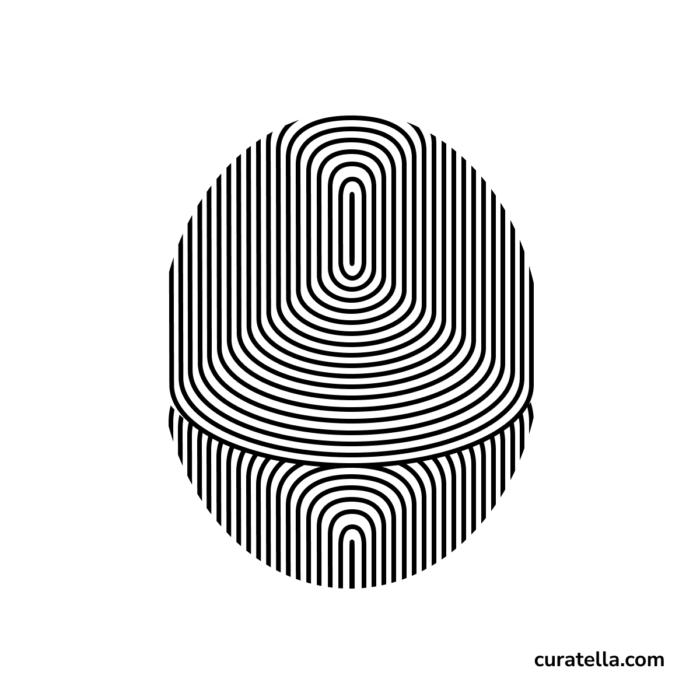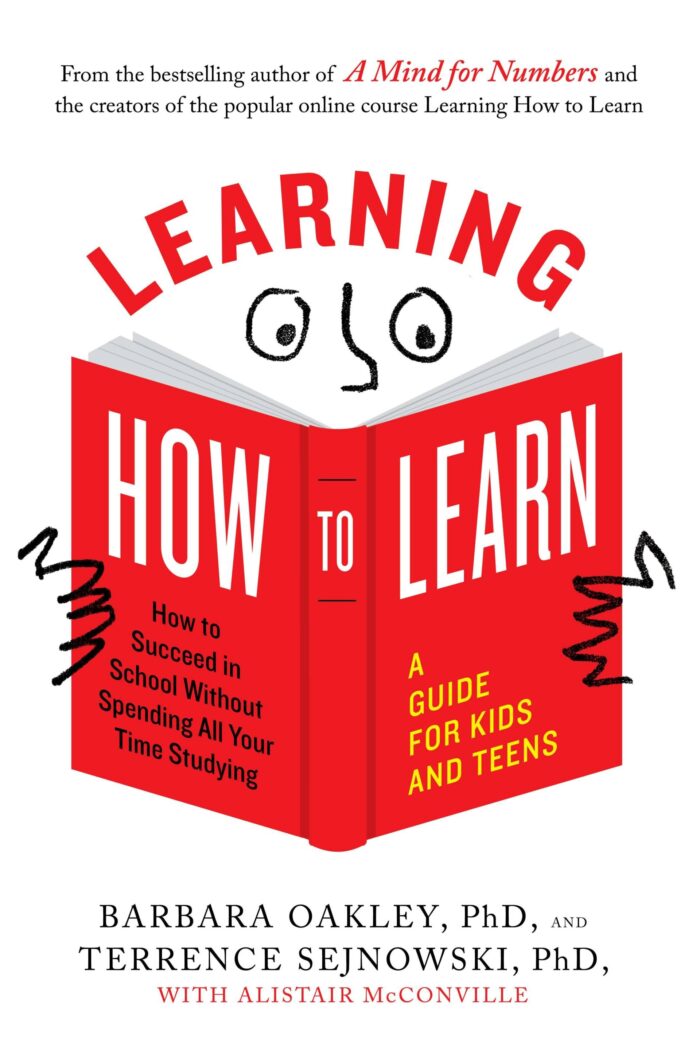There is a strong parallel between the characteristics and the influences of physical places on our lives and what worlds of information living in immaterial digital existences are having on them.
Living in Information by Jorge Arango is about designing digital places: information spaces where we act, move, search and request to satisfy our needs in similar and sometimes more complex and powerful ways than the physical ones.
As designers of interactions, learning, services, products, we need to be constantly aware of the importance of the architecture of a space and its characteristics to create meaningful experiences for the people living in it.
Jorge Arango, Information Architect, Strategic Designer, writes about the factors involved in designing digital places in this well-structured and flowing text, which should be a reference point for any modern designer.
The neat organization in chapters provides a systematic structure to sustain a holistic and multi-perspective view of information environments, their influence on humans, and the fundamental properties to consider when designing them.
A logical sequence of concepts, treated in a fluid and convincing style, tells a story where the two distant actors converge into a unifying theory: the physical and the digital space. The concepts: Environments, Context, Incentives, Engagement, Technology, Architecture, Structure, Systems, Sustainability to conclude with Gardening.
A systemic and systematic view of digital design empowers a multi-angle and structured vision of designing Information Environments.
The narration unfolds to focus on the critical question of this book: “How can we design these information environments, so they serve our social needs in the long term?”
Each chapter contributes to stimulating an answer. Chapter 6, in particular, gives a strong point about it:” Architecture: We can intentionally design our environments to better serve our needs. Architecture is the design discipline that is focused on structuring our physical environments, and information architecture is the design discipline that does the same for information environments.”
I particularly appreciate the expanded and expanding view of Arango when he extends the scope to systems, systems of systems, and ecosystems, increasing the conceptual power and the strength of the framework as he does in Chapter 8. Systems: “Environments are not just structural constructs; many other systems must work in concert to make it possible for them to serve our needs. Architects must consider how these systems work together. “
This takes the discussion beyond the border of the single, closed, independent scope of the artifact, the product, or the service, extending the consideration to a Systems View which entails a long sequence of dynamics and phenomena as well explained in the various Systems Thinking schools: systems change, often unpredictably, usually cannot be controlled and need ongoing stewardship as well described in Chapter 10, Gardening.
I loved “Living In Information” because it helped me have a more comprehensive, broader, and more encompassing view on design, design thinking, information architecture, systems design, systems thinking, sustainability development, usability, human-centered design, strategic design.
“Living in Information” is a precious book to be lovingly kept on any designer’s bookshelf.




